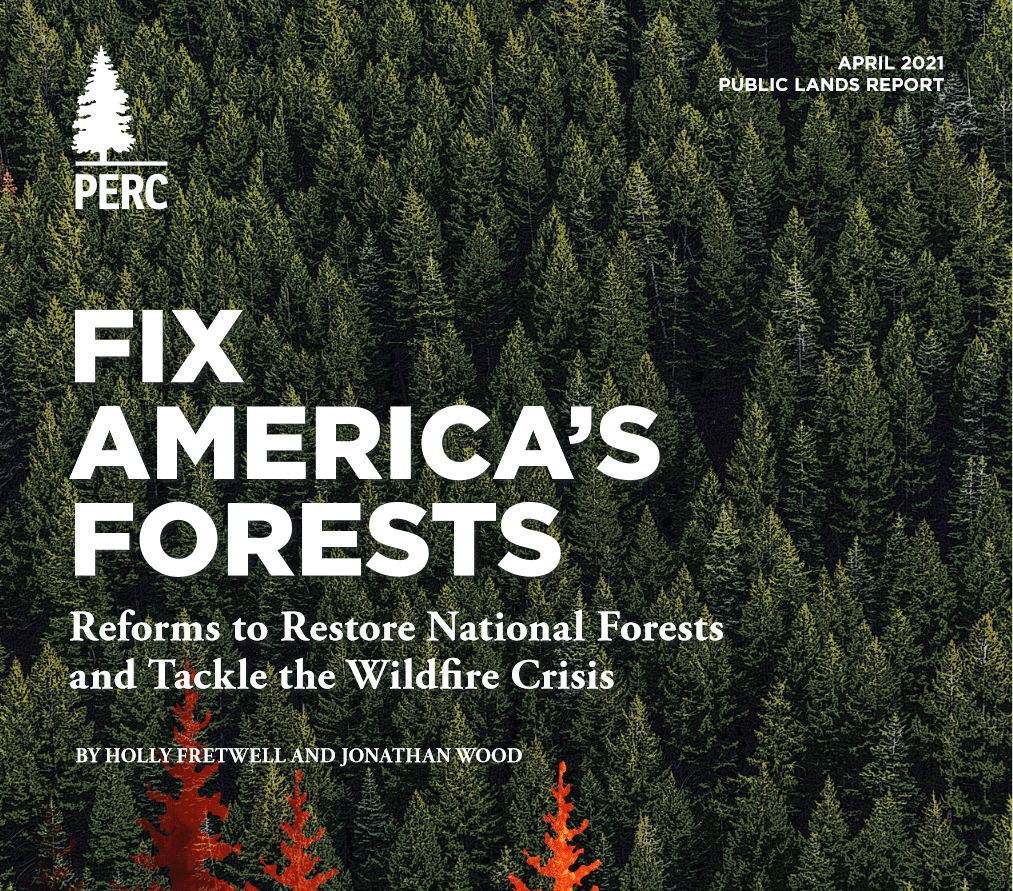The most recent “weekly” we received and posted was August 6.
The Forest Service summary for this week is here (it contains only one action from a month ago): NFS Litigation Weekly September 03 2021 Email
NOTICE OF INTENT TO SUE
The Forest Service received a Notice of Intent to Sue under the Endangered Species Act dated August 8 from the Alliance for the Wild Rockies regarding the effects on grizzly bears and lynx of the Ripley Project, Kootenai National Forest Plan Access Amendment and Cabinet-Yaak Recovery Zone BORZ (Bears Outside of Recovery Zones) Mapping on the Kootenai National Forest. Additional comments from AWR are here.
BLOGGER’S BONUS (through August 8)
Forest Service litigation
- Camp Lick Project, Malheur National Forest
(New lawsuit.) On July 12, the Blue Mountains Biodiversity Project filed a complaint alleging that the Camp Lick Project on the Malheur National Forest violates NFMA by permitting the removal of trees more than 21 inches in diameter, contrary to the “Eastside Screens” limit, which was still in effect when the project decision was made. Recent discussion of the amendment to replace the Eastside Screens is here.
- Lolo Insect and Disease Project, the Nez Perce-Clearwater National Forests
(Court decision – Friends of the Clearwater v. U. S. Forest Service (D. Idaho).) On August 4, the district court enjoined the Lolo Insect and Disease Project on the Nez Perce-Clearwater National Forests in critical habitat for threatened Snake River Basin steelhead for failing to reinitiate consultation with the National Marine Fisheries Service because of new information about declining populations, and NMFS’ failure to use that information in the consultation process. More on the plaintiffs’ views are here.
(New lawsuit – Center for Biological Diversity v. Moore (D. N.M.).) On August 5, the Center for Biological Diversity and the Maricopa Audubon Society filed a complaint in the district court challenging the Lincoln National Forest’s failure to protect streamside meadows from cattle, which are designated critical habitat for the endangered New Mexico meadow jumping mouse. The news release includes a link to the complaint.
Other litigation
(Court decision – Dine´ Citizens Against Ruining Our Environment v. Bernhardt (D. N.M.).) On August 3, the district court denied a motion for a temporary restraining order and preliminary injunction against approval by the BLM of oil and gas production in the San Juan Basin. The case involved an EA Addendum, supplementing a total of 81 EAs covering 370 APDs which had been initially approved between 2014 and 2019.
(Court decision – Friends of Gualala River v. Gualala Redwood Timber, LLC (N.D. Cal.).) On August 3, the federal district court denied a preliminary injunction in litigation against the Dogwood Timber Harvest Plan for private land approved by the California Department of Forestry and Fire Protection. The court held that prior proceedings in state courts had already addressed claims under the federal Endangered Species Act concerning four protected species: the California red-legged frog; the northern spotted owl; the Northern California steelhead; and the California Central Coast Coho salmon.
(Court decision – Stop B2H Coalition v. Bureau of Land Management (D. Or.).) On August 4, the district court upheld the BLM’s decision siting a powerline between Boardman, Oregon and Idaho for the Idaho Power Company against NEPA claims, including effects on greater stage-grouse. The decision is also discussed in this article.


